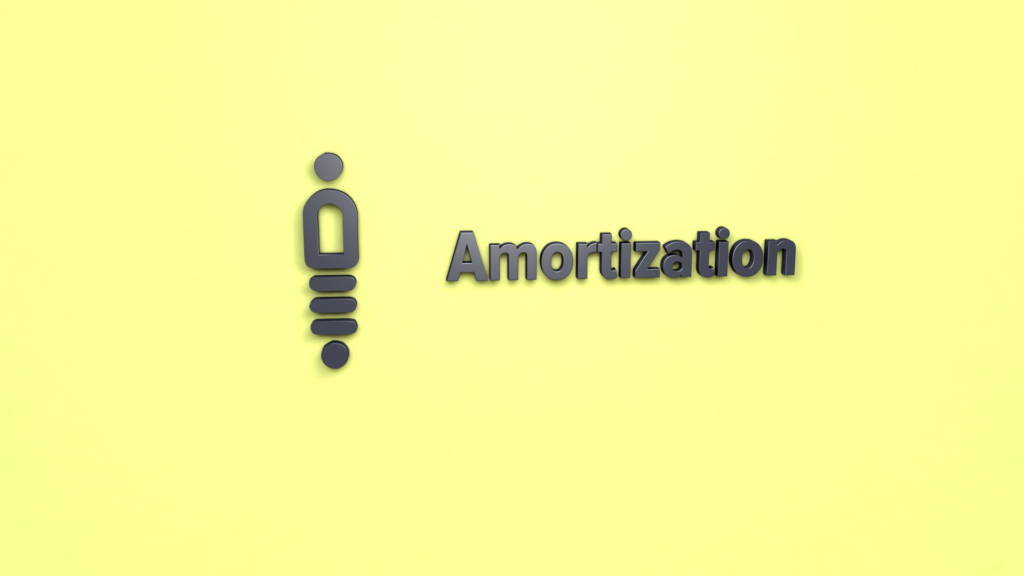Investing activities section of statement of cash flows Leave a comment

From the perspective of an inventor or a company holding the patent, this gradual expense recognition aligns with the expected revenue generation from the patented invention. The Internal Revenue Code (IRC) has provisions that influence how companies treat patents for tax purposes. Patent costs, such as filing and legal fees, can be capitalized and amortized over the patent’s useful life, generally 15 years, starting from the date of filing. This process aligns with the IRC’s definition of amortizable Section 197 intangibles.
- Amortization of a patent is a process of allocating the cost of a patent over its useful life.
- Unlike tangible assets, patents do not depreciate but are subject to amortization.
- Explore the financial and tax implications of capitalizing versus expensing patent costs, and how each approach affects your financial statements.
- When recording the cost of a patent in the accounting books, an amortization expense must be debited and an accumulated amortization credit must be recorded in the journal entry.
Determine How Long Patent Will Generate Revenue
Once capitalized, these expenditures become part of the patent’s carrying amount on the balance sheet. They include certain legal fees, patent application costs, and incremental costs directly attributable to securing the patent. However, a company is required to compare the book value of goodwill to its market value at least annually to determine if it needs to be adjusted.
How Do You Define Amortization of Intangibles?
There are certain exclusions, such as software acquired in a transaction that is readily available for purchase by the general public, subject to a nonexclusive license, and has not been substantially modified. In those cases and select others, the intangibles are amortized under Section 167. In such a case the investment opportunity is essentially zero, so the owner should make the decision based on other, nonfinancial factors. Proper amortization of a patent is an important step in ensuring the company’s financial stability. Considering the $100k purchase of intangibles each year, our hypothetical company’s ending balance expands from $890k to $1.25 million by the end of the ten-year forecast.
Regulatory Approval Process
Subsequent to initial recognition, patents are subject to regular assessment for impairment. An impairment test is conducted when there is an indication that the patent may be impaired, which means its carrying amount may not be recoverable. If the recoverable amount, being the higher of the patent’s fair value less costs to sell and its value in use, is less than its carrying amount, an impairment loss is recognized. This ensures that the asset’s recorded value does not exceed its recoverable amount.
Accounting for Patents: Valuation, Amortization, and Tax Effects
Amortization of capitalized patent costs affects the income statement differently than expensing. Instead of a one-time hit to net income, the costs are gradually expensed over several years. This approach can smooth out earnings, making the company’s financial performance appear more stable and predictable.
4 Describe Accounting for Intangible Assets and Record Related Transactions

Some candidates may qualify for scholarships or financial aid, which will be credited against the Program Fee once eligibility is determined. We expect to offer our courses in additional languages in the future but, at this time, HBS Online can only be provided in English. Cash flow is typically depicted as being positive (the business is taking in more cash than it’s expending) or negative (the business is spending more cash than it’s receiving). If you’re an investor, this information can help you better understand whether you should invest in a company. If you’re a business owner or entrepreneur, it can help you understand business performance and adjust key initiatives or strategies.
Expenditures on research and development (R&D) are usually expensed in the period they are incurred. However, once technological feasibility is established and a patent application is filed, certain costs can be capitalized. These capitalized R&D costs must be directly attributable to the patent and are likely to result in a commercial product. The loans and advances given 6 tips on filing taxes for the first time to others are investing activities, and the cash outflows resulting from such activities are shown in the investing activities section. The collection of such loans and advances are also investing activities, with the exception of any interest received thereon. The interest earned on loans and advances is reported in the statement of cash flows as described above.
All programs require the completion of a brief online enrollment form before payment. If you are new to HBS Online, you will be required to set up an account before enrolling in the program of your choice. Harvard Business School Online’s Business Insights Blog provides the career insights you need to achieve your goals and gain confidence in your business skills. By now, you should be able to predict what the journal entry for amortization will look like. However, we must ensure to flip the signs for the amortization to reflect a cash outflow (or else the model is inaccurate).










